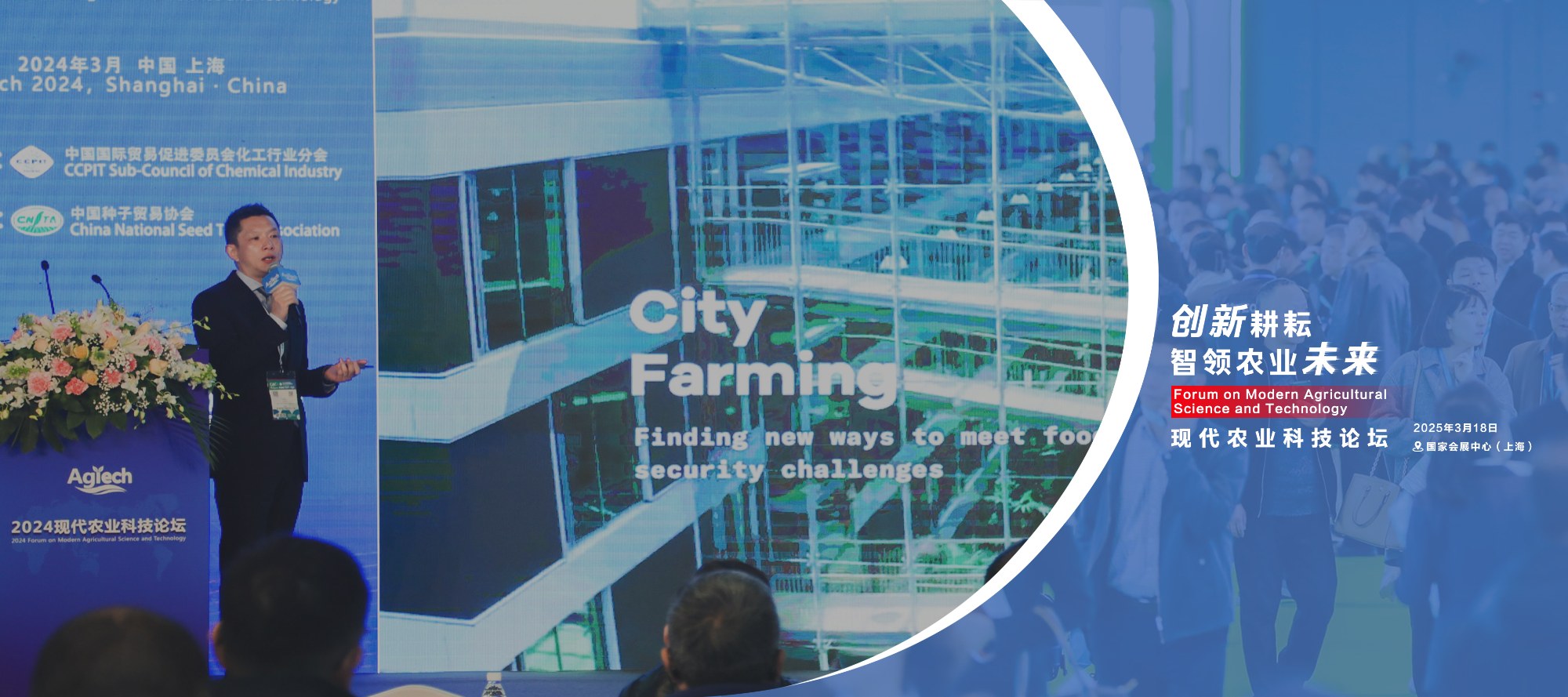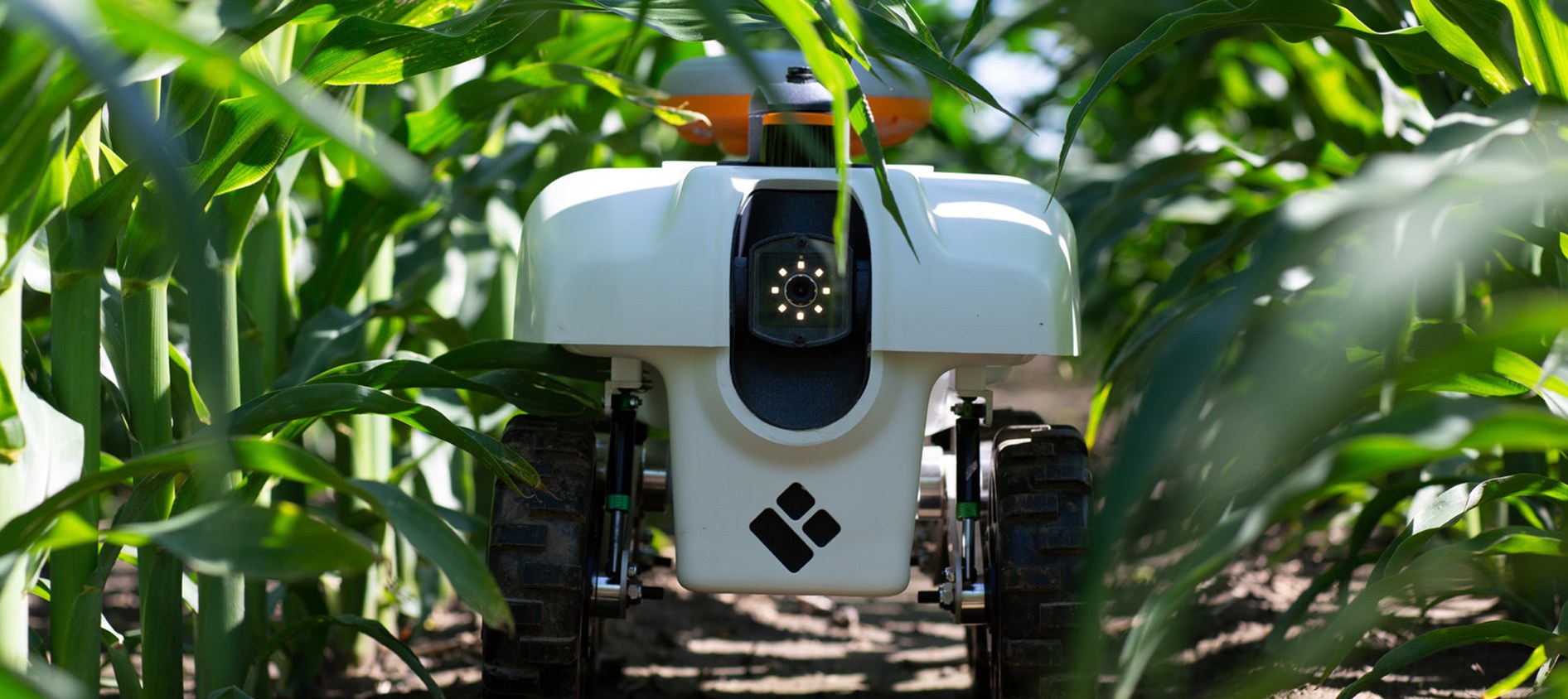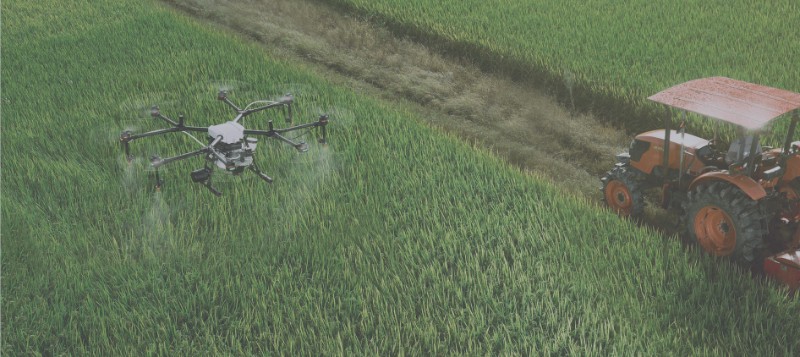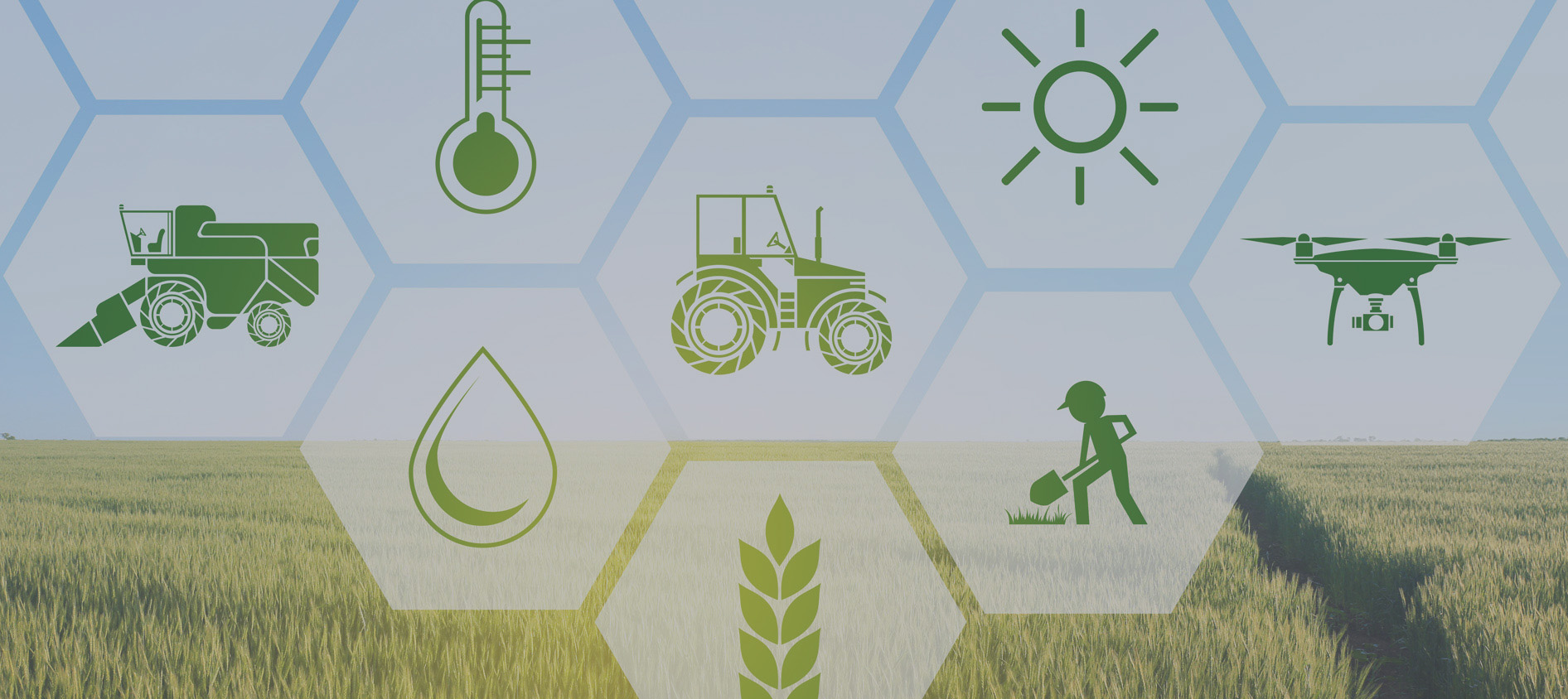Revolutionizing Water Use: New Technologies in Drip Irrigation for 2025
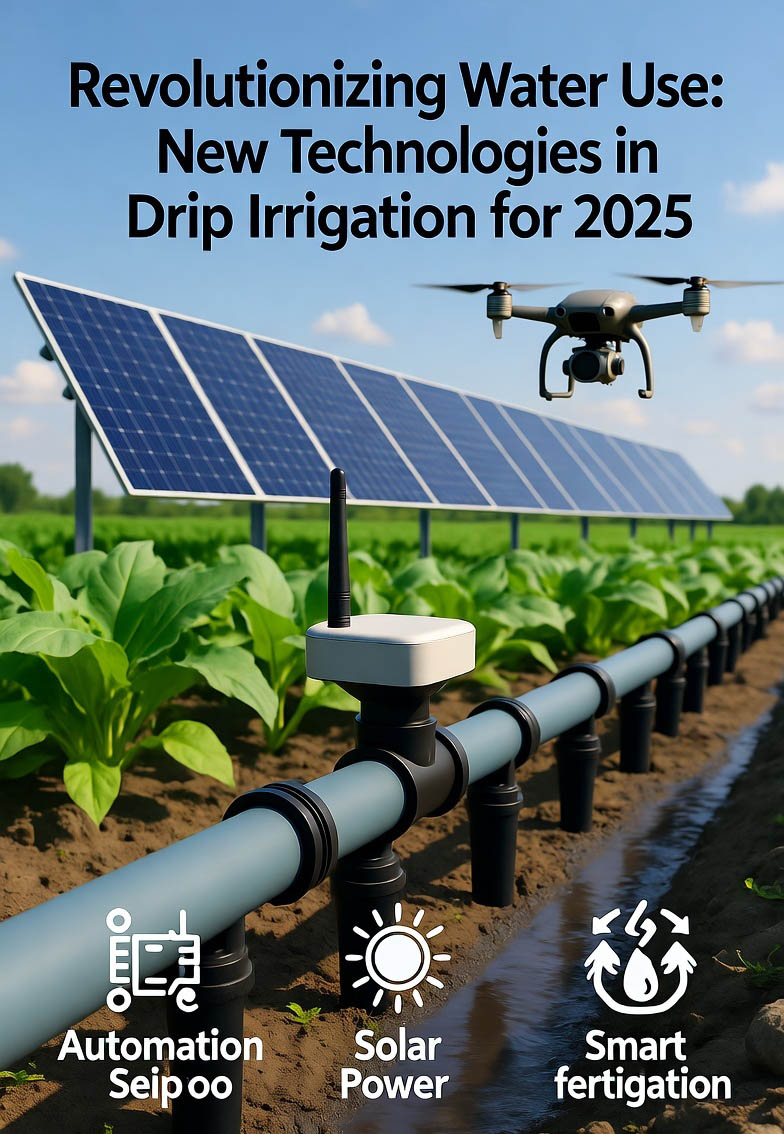
Introduction
In an era of escalating water scarcity and climate unpredictability, drip irrigation stands as a beacon of efficiency in modern agriculture. By delivering water directly to plant roots through a network of tubes and emitters, this method minimizes waste and maximizes crop health. As of October 2025, the industry is witnessing a surge in innovative technologies that integrate artificial intelligence (AI), the Internet of Things (IoT), and sustainable energy sources. These advancements not only promise up to 50% water savings but also boost yields by 20% on average, making drip irrigation indispensable for farmers worldwide.
The Evolution of Drip Irrigation
Drip irrigation traces its roots to the 1960s, when Israeli engineers pioneered low-pressure systems to combat arid conditions. By the early 2000s, it had evolved into a global staple, saving billions of gallons of water annually. Today, in 2025, the focus has shifted from basic tubing to intelligent ecosystems. With over 75% of farms in water-stressed regions like Florida adopting automated variants, the technology now emphasizes precision, data-driven decisions, and eco-friendly operations.
Breakthrough Technologies Shaping 2025
Sensor-Based Monitoring and IoT Integration
At the heart of modern drip systems are advanced sensors that track soil moisture, plant health, temperature, rainfall, and humidity in real-time. These devices feed data into IoT networks, enabling seamless communication between field components and cloud platforms. For instance, systems like Netafim's GrowSphere™ use this integration to adjust water flow dynamically, preventing over- or under-irrigation. In Bartow, Florida, weather stations paired with IoT controllers have reduced water usage by 40% while enhancing crop uniformity.
AI-Driven Predictive Analytics
Artificial intelligence is transforming drip irrigation from reactive to proactive. AI algorithms analyze historical data, satellite imagery, and weather forecasts to predict irrigation needs, optimizing schedules for events like heatwaves or impending rain. This predictive management can increase yields by 15-28% depending on the crop, with machine learning models refining strategies over time. Satellite-guided systems, for example, map vegetative health at a plant-by-plant level, ensuring targeted watering that adapts to micro-variations in field conditions.
Automation and Remote Control
Gone are the days of manual valve checks; 2025's automated drip systems use digital timers, controllers, and mobile apps for remote oversight. Farmers can monitor and tweak operations via smartphones, cutting labor hours by up to 67%. Precision design software models factors like soil type and terrain to ensure uniform pressure across emitters, while zone-based controls deliver customized water volumes to specific field segments. This automation not only streamlines operations but also generates detailed logs for regulatory compliance, such as California's Sustainable Groundwater Management Act.
Sustainable Power and Subsurface Innovations
Solar-powered drip irrigation is gaining traction as an eco-friendly alternative, with photovoltaic panels energizing pumps and controllers in off-grid setups. These systems reduce energy costs and carbon footprints, ideal for smallholder farms in remote areas. Complementing this is subsurface drip irrigation (SDI), where buried tubing delivers water 8-16 inches underground, slashing evaporation by 90% and suppressing weeds. SDI's efficiency shines in high-evaporation zones, supporting deep-rooted crops like cotton with minimal surface disruption.
Advanced Fertigation for Nutrient Precision
Fertigation—injecting fertilizers directly through drip lines—has evolved with 2025's smart injectors that dose nutrients based on real-time soil and plant data. This method minimizes leaching, cuts fertilizer use by 20-30%, and promotes uniform growth. Combined with filtration advancements like disc or screen filters, these systems prevent clogs, ensuring long-term reliability and higher-quality harvests.
Technology | Key Feature | Water Savings | Yield Boost |
Sensor-IoT Systems | Real-time monitoring | 30-50% | 12-20% |
AI Predictive Analytics | Forecast-driven scheduling | 20-40% | 15-28% |
Automation & Remote Control | Mobile app integration | 40% | 20% |
Solar-Powered SDI | Underground, off-grid delivery | 50%+ | 10-24% |
Smart Fertigation | Nutrient dosing via drip | 20-30% (fertilizer) | 15-25% |
Benefits, Challenges, and Real-World Impact
These technologies deliver transformative benefits: drip systems now achieve over 90% water efficiency, far surpassing traditional sprinklers at 70-85%. Crop yields rise due to consistent moisture that reduces disease risks and enhances nutrient uptake, while labor savings allow farmers to focus on high-value tasks. Environmentally, they curb runoff and soil erosion, aligning with global sustainability goals.
Yet challenges persist. Initial installation costs can be 40% higher than manual setups, and maintenance—like filter cleaning—is crucial to avoid emitter clogs. Technical barriers, such as reliable internet for remote systems, may hinder adoption in rural areas. Despite this, the long-term ROI is compelling, with payback periods often under two years through reduced inputs and premium produce pricing.
Future Outlook
By the end of 2025, experts predict AI and satellite integrations will dominate, with blockchain for traceability ensuring verifiable sustainable practices. As climate pressures mount, modular, scalable systems will empower small farms, potentially expanding drip adoption to 80% of irrigated lands globally. Innovations like low-power, low-cost designs from labs like MIT's GEAR will democratize access, fostering resilient agriculture.
Conclusion
The new wave of drip irrigation technologies in 2025 is more than an upgrade—it's a lifeline for water-stressed agriculture. From AI smarts to solar efficiency, these tools empower farmers to cultivate more with less, paving the way for a sustainable food future. As adoption accelerates, the ripple effects will nourish economies, ecosystems, and communities alike.




